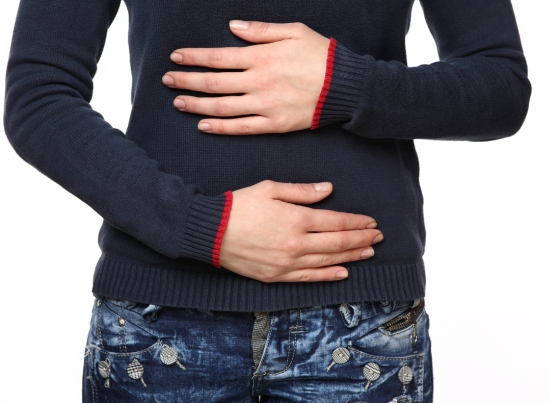Uterine fibroids are growths that occur in the uterus during a woman’s childbearing years. These growths are non-cancerous and almost never develop into cancer. They also hardly exhibit any symptoms and don’t require any treatment.
Uterine fibroids are very common, occurring in every 3 out of 4 women. Doctors often chance upon their presence during a pelvic exam or an ultrasound.
 When uterine fibroids exhibit symptoms, these usually are:
When uterine fibroids exhibit symptoms, these usually are:
- Extremely heavy menstrual bleeding
- Prolonged periods of menstrual bleeding, lasting 7 days or more
- Frequent urination
- Pain during sexual intercourse
- Complications during pregnancy and labor
- Constipation
- Difficulty emptying the bladder or constant need to urinate although very little urine passes
- Backaches
- Leg pains
If the uterine fibroids outgrow blood supply, this can cause acute pain, but it will go through a natural death within the body. However, this can lead to further complications, such as when excess from degenerated uterine fibroids can grow and develop within the surrounding tissue and will cause fever and pain.
In order to diagnose if one has this condition or not, various tests can be done such as:
- Ultrasound, in order to produce a picture if there is a presence of fibroids.
- Magnetic Resonance Imaging (MRI) is used to produce a picture through the use of magnets and radio waves that scan the body.
- X-rays uses radiation to peer into the body.
- Cat scan which is used to take several x-ray photos from various angles to check for the presence of uterine fibroids.
If the diagnosis is positive for uterine fibroids, a doctor may or may not prescribe treatment for the growths or the pain caused by them.
Common treatments include over the counter pain killers such as ibuprofen to provide relief from the abdominal pain, while iron supplements are good for those who are experiencing severely strong menstrual periods.
There are certain risk factors that increase a woman’s susceptibility to acquiring uterine fibroids, such as:
- The occurrence of fibroids in a woman increase as she ages. This is especially true for women in their thirties and forties, and after menopause the size of the growths can shrink.
- Ethnic origin also has an effect on the growth of fibroids, as it has been shown that African-American women tend to have more cases of uterine fibroids.
- Having family members who have had fibroid growth also increases one’s risk, especially if your mother has had them, which increases your risk three-fold.
- Weight is another factor, as studies show that obese women have three times more vulnerability to developing fibroids.
- Those who consume a lot of red meat in their diet have a higher chance of developing uterine fibroids as compared to those who stick to a diet rich in fruits and leafy greens.
Even if the condition is not fatal, it may still cause discomfort and consulting your doctor straight away is the best thing you can do.






Hello,
Thank you for such an informative blog, I get Backaches,
Leg pains and frequent vomitting during menstrual bleeding, and I get Prolonged periods of menstrual bleeding, for 10 days. Do i have to consult about this to my Dr..